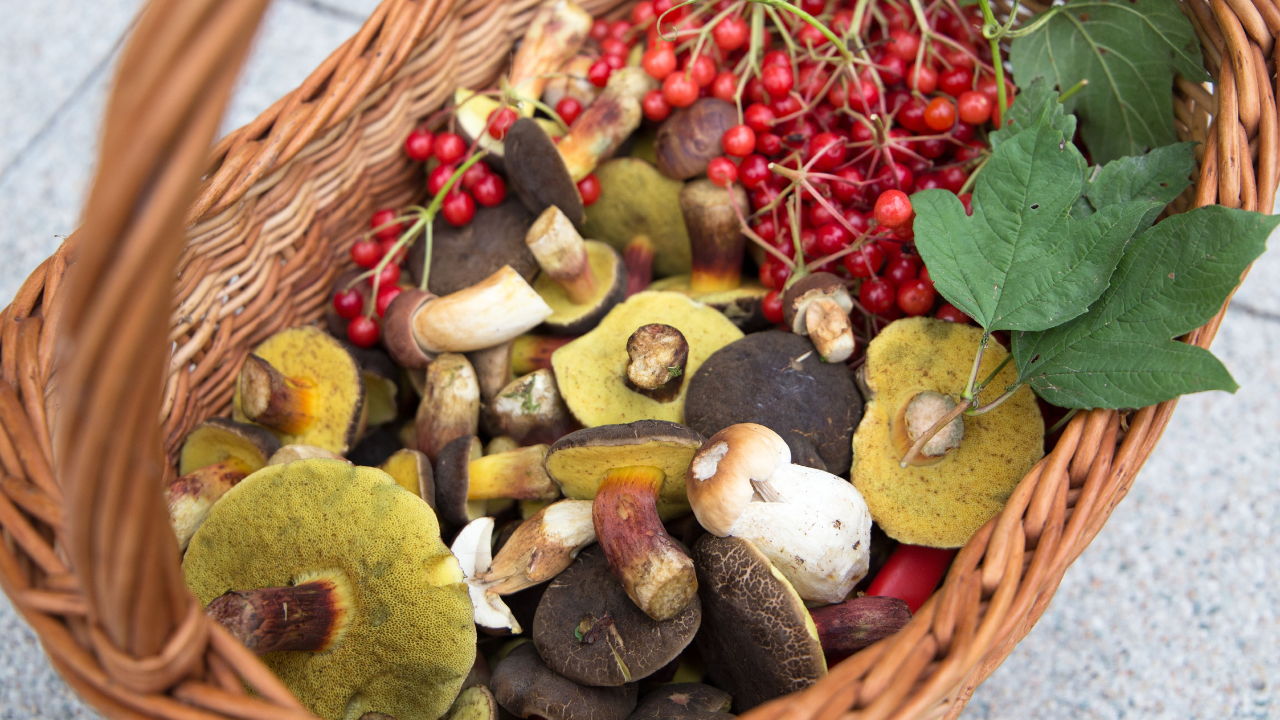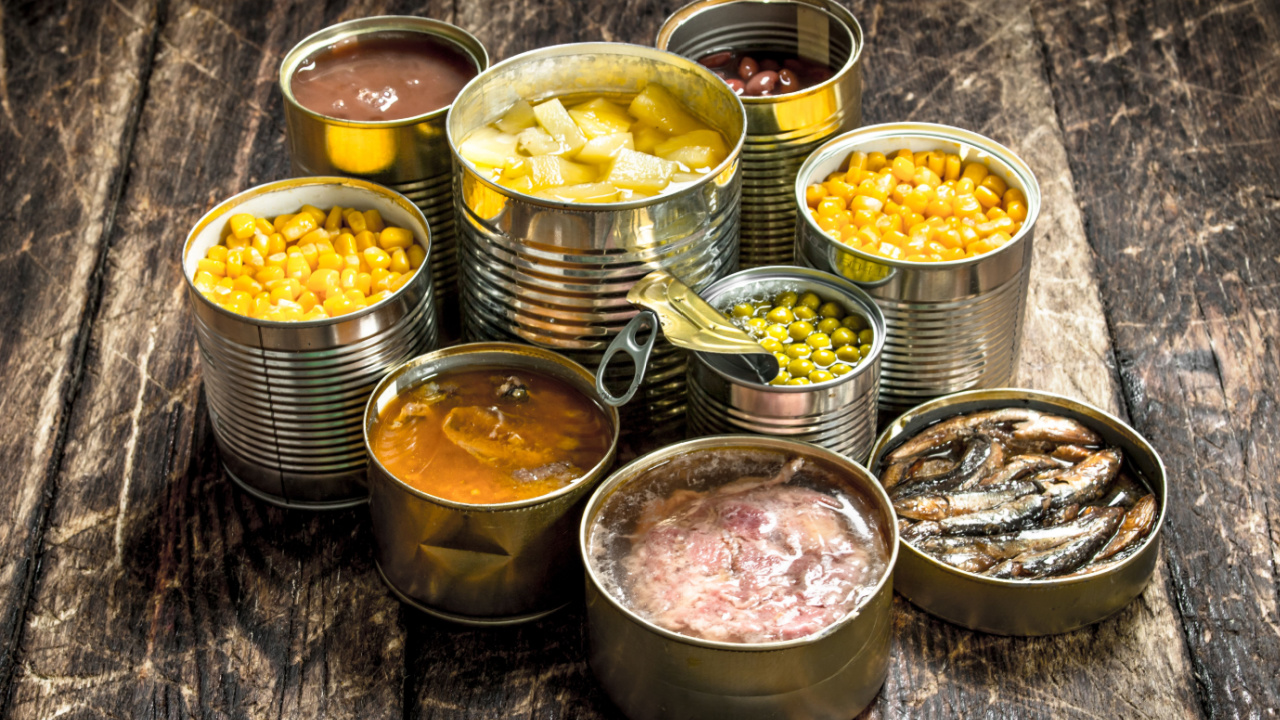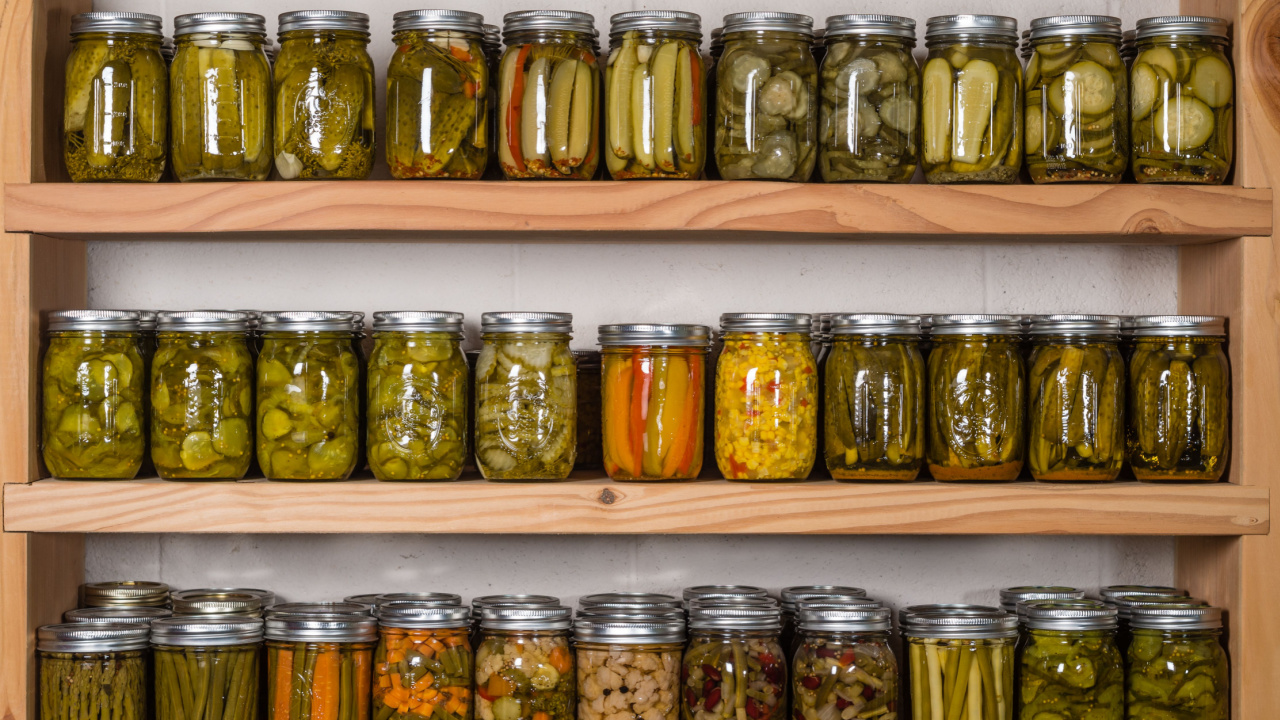Choosing the right chickens for your flock can be a nuanced decision. While some breeds excel in egg production, others are better suited for meat or ornamental purposes. Drawing from my experience, I’ve compiled a list of the best breeds specifically for egg-laying.
There’s nothing quite like the taste of fresh eggs from your own backyard. In our home, eggs are a staple – essential for baking, creating delicious breakfasts and lunches, and even included in homemade dog food as a nutritious treat. I’m a firm believer in reducing waste, so any surplus eggs are either shared with others or utilized in creative culinary ways. For our dogs, I often freeze beaten eggs in molds, creating convenient additions to their meals.
If you have some available space, setting up a coop and starting your own chicken flock is a rewarding endeavor. Even a small flock of three or four hens, if chosen wisely, can supply a steady stream of fresh eggs. My own flock consists of a mix of Golden Comets and Buff Orpingtons, a combination that yields an abundance of eggs. The Comets, many of whom are rescues from factory farms, require extra care initially but soon become prolific egg layers.
How to Choose the Right Chicken Breed for Eggs

If you’re not overly interested in meat birds, your main focus when choosing a chicken breed should be on their egg-laying capabilities, their suitability for your climate, and their temperament. A terribly nervous bird who doesn’t like cool weather is not well-suited to free-ranging in a zone with hard winters.
Remember, don’t just be swayed by the number of eggs a chicken breed can lay – if your birds aren’t happy, healthy, and thriving in your climate, their egg production will drop or even stop completely. I’ve put together a list of the best chicken breeds for egg-laying in a range of climates and habitats so you can find at least one breed that’ll suit your needs.
I’ve tried to keep the list mostly to the best egg-laying chickens for beginners, as some of the breeds that produce a lot of eggs may have characteristics that make them unsuitable for novices. So the birds on our list are generally well-suited to all levels of chicken keepers.
1. Golden Comet – Up to 300 Eggs Per Year

The golden comet is one of the most popular hybrid chicken breeds. These birds are prized for their egg-laying capability, producing up to 300 eggs per year. Golden comets are versatile and friendly, too. They are a particularly cold-hardy chicken breed and have fantastic temperaments, making them a great choice for families in all climates.
They’re great little foragers, too, so they’re a solid free-range bird, but they also tolerate being penned well. You’ll get up to 300 brown, medium-sized eggs per bird per year, providing you keep them happy and healthy. Golden comets are tough and resilient and rarely get broody, plus, they weigh in at up to 7.5 pounds, so make a decent dual-purpose bird.
With such a good temperament, these hardy, egg-laying hens tolerate other breeds well and don’t tend to bully weaker, smaller, or more submissive breeds. Plus, because they have a pretty sunny disposition, they are easy to tame and, if you’d rather keep your girls for eggs and entertainment than meat, they make great pets, too. I love my golden comet girls.
Even the ex-battery (factory) hens are easily tamed and still lay a good number of eggs, even if they are technically passed their peak when I rescue them at around 12-18 months old. They’re a great chicken breed for beginners and seasoned chicken keepers, as they’re friendly, fairly robust, and adaptable to any conditions and climate.
2. Rhode Island Red – Up to 250 Eggs Per Year

Rhode Island Reds are the classic dual-purpose chicken. They’re great all-rounders, producing up to 250 eggs per bird, per year, and making a tasty meat bird, too. Popular with first-time chicken keepers, Rhode Island Reds are tough, hardy birds who love to forage and make excellent bug catchers and weed eaters.
Because of their love of foraging, it’s important that you either allow them to free-range or that you provide a large penned area or utilize a portable pen or run that you can move regularly to give your birds plenty of opportunities to forage. Plus, if you grow your own vegetables, once you’ve harvested, you can let your chickens access the space and they’ll clean it right up!
These medium-sized chickens are confident and friendly, so they’re easy to tame and make great pets as well as livestock. However, they can get a bit bossy with other breeds, so avoid keeping Rhode Island Reds with bantams or submissive breeds.
3. Barred Plymouth Rock – Up to 250 Eggs Per Year

The Barred Plymouth Rock is a popular breed for first-timers who want hens that lay, on average, between 250 and 280 eggs per year. The eggs are light brown and are prized for their flavor. The birds are gray with white stripes and weigh in at up to 6.5 pounds.
These are considered one of the friendliest chicken breeds, with a sweet, outgoing, and often clownish nature. They thrive as free-range birds and are first-class foragers. These hens don’t always do well when confined for long periods, so aren’t a good choice if you plan to keep your chickens cooped up most of the time.
Plymouth Rocks are calm and gentle and don’t bully smaller breeds, so they are particularly popular as additions to mixed flocks.
4. White Leghorn – Up to 280 Eggs Per Year

Anyone old enough to remember Foghorn Leghorn?!? If so, you’ll surely recognize the next entry on our list of best chicken breeds for egg-laying. Originating from the port of Leghorn in Italy, the white leghorn is a prolific layer, producing up to 280 white, medium-sized eggs each year.
Their white body and bright red comb make these chickens readily recognizable. These medium-sized birds weigh in at around 5 pounds and they’re a pretty hardy breed, faring well in most climates. However, they are nervous, flighty birds – in other words, total wimps!
Therefore, they aren’t the best choice if you want tame pet-like chickens, as they are notoriously hard to tame because of their nervous disposition. They don’t really love the cold and, because they’re so nervy, you’ll be better off keeping them in a generously proportioned coop and run, rather than letting them free range all the time.
During the warmer months when forage is plentiful, these birds do fine free-ranging, but they’ll still need a safe, secure chicken coop. You also need to be careful not to pair leghorns with pushy or bossy breeds, as, because of their temperament, they’ll often get picked on by feistier breeds.
5. New Hampshire Red – Up to 200 Eggs Per Year

The New Hampshire Red is a great all-around chicken breed. They make the list of best chickens for laying because they produce a respectable number of eggs per year – around 200 per bird, they are tasty meat birds, and they are broody and dependable mothers.
Therefore, if you want a self-sustaining flock that gives you both meat and eggs, a flock of New Hampshire Reds should be your choice. This breed is feisty, so don’t mix them with meek, nervy, or submissive breeds, and I wouldn’t recommend mixing them with bantam breeds, either, as they can get a bit pushy and aggressive.
However, their temperament is secondary to their performance as a self-sustaining all-around flock breed.
6. Buff Orpington – Up to 200 Eggs Per Year

Laying up to 200 eggs per year, the Buff Orpington is a large, friendly chicken that’s a definite contender for best chicken breed for egg-laying. They come from Kent, England, and are friendly, robust birds with a great temperament.
Their sunny disposition and inquisitive nature makes them easy to tame and brilliant pets, so the Buff Orpington is a very popular choice with families. These are large birds, with hens tipping the scales at up to 8 pounds, and they don’t fly well. Additionally, because their coats are so fluffy, they do retain moisture.
Therefore, it’s vital that you provide adequate shelter – while these birds love to forage, they need a well-kept coop to stay healthy. Also note that these chickens can get broody during the summer, so egg production may slow some. I adore my buff orpingtons. They have great personalities and are real clowns.
Being so friendly makes them wonderfully easy to work with, and their tendency toward summer broodiness is actually not a bad trait if you want a self-sustaining flock.
7. Sussex – Up to 250 Eggs Per Year

The beautiful Sussex is a striking bird and makes the list because it’s a prolific egg layer – up to 250 large, brown to creamy-white eggs per year – and is a dual-purpose chicken, making a delicious meat bird.
There are eight distinct variations of the Sussex, with the two most distinctive ones being an all-white body with black neck and tail feathers, pictured above, and a brown and black body speckled with white. These dual-purpose chickens reach up to 8 pounds but can happily live with smaller birds – even bantam breeds, because they’re docile and friendly. Sussex chickens are inquisitive birds who make great pets as they’re so calm and easy to tame.
They’re awesome little foragers who devour common garden pests without destroying your yard, so they’re a good choice for backyard chicken keepers who want to let their birds roam within the confines of the garden.
Note: Because they are so placid and submissive, they are often the target of feisty breeds, so don’t pair with more aggressive birds.
8. Ancona – Up to 200 Eggs Per Year

The Ancona is another chicken breed with Italian roots. This one lays around 200 small white eggs per year. Lively and hardy, Anconas are winter-hardy, making them a good choice for colder climates.
They weigh in at under 6 pounds, and they don’t get broody, so they’re a solid choice for purely laying flocks. They are notorious for flying away, though, so it’s a smart idea to keep their wings clipped. Anconas are fairly nervous birds and aren’t easy to tame, so they aren’t the best choice if you’re more interested in having tame, pet-like birds.
9. Marans – Up to 200 Eggs Per Year

Marans lay up to 200 eggs per year and, while they might not be the most prolific egg layer, the dark brown eggs are delicious, and the meat quality is exceptional.
The Marans chicken is a dual-purpose bird with a calm, gentle temperament, so they’re a solid option to mix with smaller breeds and other submissive birds. However, they don’t make good pets – they aren’t easy to tame and they prefer the company of other chickens to humans.
But they are the perfect dual-purpose bird – tasty and meaty, and reliable laying hens. And the hens are good sitters, too, so if you want a self-sustaining dual-purpose flock, you can’t go wrong with marans.
10. Ameraucana – Up to 250 Eggs Per Year

The Ameraucana is a comparatively rare chicken, closely related to the Araucana. They’re often confused with Easter Eggers as they produce eggs in varying shades of blue.
These medium-sized chickens (up to 7 pounds), are winter hardy but don’t like extreme heat. Friendly and inquisitive, they are loved by many chicken keepers because of their fun personality and entertaining antics. They’ll free-range or do well in coops (providing they get adequate access to the outdoors).
Ameraucanas produce up to 250 eggs a year and can get broody, but they do make great family chickens. They’re distinctive, too, with earmuffs and a beard. It’s important to note that this particular breed has a genetic disorder – crossed beak – that appears in roughly one percent of chicks.
25 Winter Foraging Foods to Save Money on Your Grocery Bill

Preparing for a recession is more important than ever in these uncertain times. I understand the challenges and fears you might face, so I’ve compiled these 25 actionable tips to recession-proof your prepping plans. Each suggestion can help you stay ahead, ensuring that you’re surviving and thriving, even in tough economic times.
14 Essential Canned Goods for Your Emergency Pantry

I firmly believe in keeping a well-stocked emergency pantry. While fresh food is ideal, in a survival situation, we may not be that lucky. So, for my family, even though we grow a lot of our own food, canned goods play a crucial role in emergency preparedness. They offer a reliable source of nutrition when access to fresh produce may be limited. The goods you stockpile should be affordable, easy to store, and full of nutrition.
23 Smart Ways to Preserve Food

Preserving food is an art as much as it is a science, tapping into our ancestral roots and addressing modern needs. Whether you’re looking to avoid waste, prepare for leaner times, or simply enjoy the fruits of your labor year-round, these 23 smart methods will guide you through. I’m a huge fan of preserving things I find on sale, gluts of produce from my homestead, or produce I’ve bartered with someone else.
Becky is a wildlife enthusiast and pet and livestock care expert with a diploma in canine nutrition. With over a decade of experience in animal welfare, Becky lends her expertise to Simple Family Preparedness through insightful info about pets, livestock, bee keeping, and the practicalities of homesteading.

